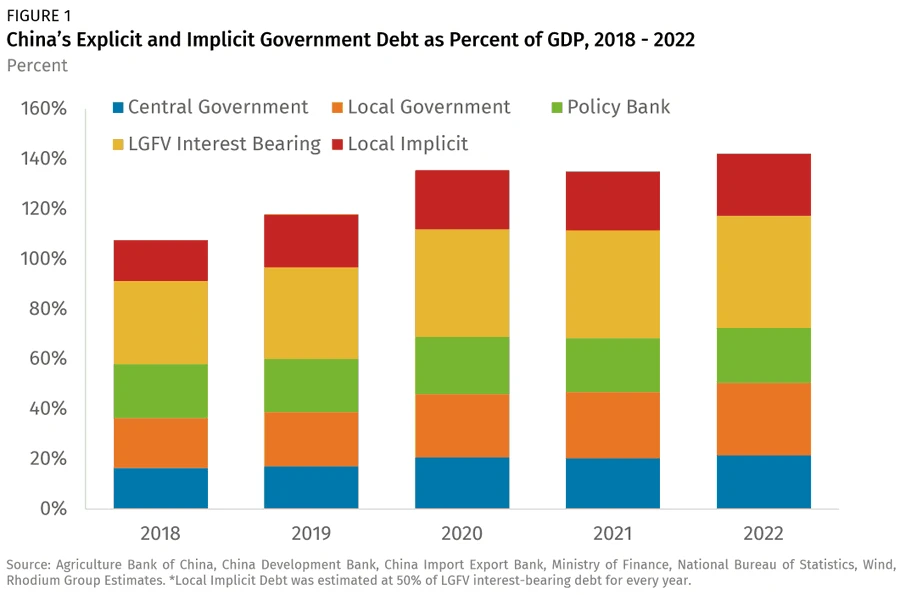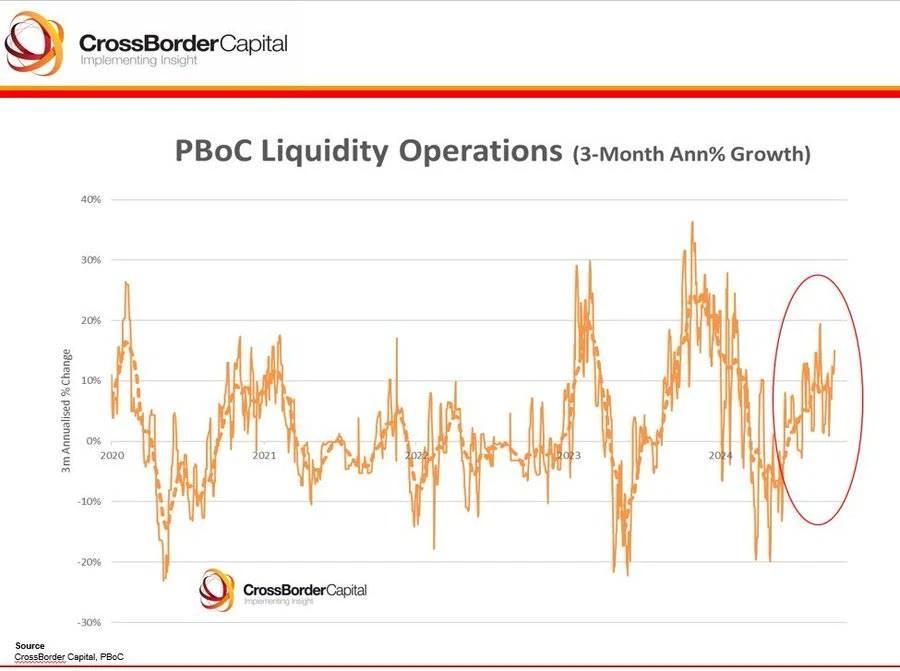Author: Sean Tan, Primitive Ventures
Translated by: TechFlow

As an investment institution with multiple strategies and not limited to a single asset, our investment philosophy is not just about finding opportunities, but more importantly, how to build an investment framework that can predict and adapt to future market changes, constantly seeking the best balance between risk and return. What often attracts us the most are the opportunities that are misunderstood or overlooked by most market participants. Based on our experience in the foreign exchange and cross-border markets over the past decade, we have found that the transfer of liquidity or sudden external shocks are often the best catalysts.
These major events often force market participants to quickly adjust their investment portfolios under tight time pressure. When a large amount of funds rush to correct their direction, the market will experience significant fluctuations. As macro investors, a key skill of ours is to be able to understand the changes in liquidity between the East and West markets, onshore and offshore markets, and compliant markets and underground fund flows.
Regarding Investing in China
The decision to "invest in China" has been a long and difficult journey for us. We initially started laying out our strategy at the end of 2023, when the market performance was not satisfactory after China's reopening, and then added to our position in the first quarter of 2024. The reason for choosing to invest in China is quite obvious: compared to similar stocks in the United States, Chinese stocks are discounted by as much as 60-70%. Phrases like "severely oversold" and "uninvestable" were flying around. However, from a purely fundamental perspective, you will find that a basket of blue-chip stocks actually has strong double-digit growth. However, the most critical constraint for the Chinese market at that time was liquidity.
Until last week, the situation took a turn. The Central Political Bureau held an unusual ad hoc meeting to address the current economic challenges. Unlike the gradual approach in the past, this time a unified strategic action plan was proposed, led by the central bank and personally presided over by national leaders. This clearly signals that the government is prepared to inject liquidity on a large scale and intervene in the market.
The highlights of the meeting are as follows:
Unusual timing of the Political Bureau meeting: The Political Bureau meets every month, but usually only discusses economic agendas in April, July, and at the end of the year. This September meeting openly discussed economic issues without a scheduled agenda for the first time, and also coordinated with the central bank to implement aggressive monetary policy updates.
Urgency of economic challenges: The content of the meeting showed a strong sense of urgency from the government about the current economic environment, urging a sober view of the economy, acknowledging difficulties, and emphasizing the responsibility to address these issues.
Increase in countercyclical fiscal policy: The meeting emphasized the need to increase countercyclical fiscal and monetary measures to ensure necessary fiscal spending, so we are now waiting for a series of fiscal policies to be introduced.
Support for the capital market: The government recognized the importance of the capital market and conveyed stability signals through large-scale liquidity injections.
A 50 basis point reduction in the reserve requirement ratio, injecting 1 trillion yuan of long-term liquidity, with the possibility of further reducing by 0.25-0.5 basis points.
Lowering the 7-day reverse repurchase rate from 1.7% to 1.5%.
The central bank will provide 500 billion yuan for stock purchases to strengthen market stability.

This clearly signals the injection of liquidity and intervention in the cycle. The Western/global markets quickly received this information and skillfully interpreted it as a loose monetary policy. And then, bang! The catalytic event came, and the market roared. The world suddenly woke up and saw the strong fundamentals of the Chinese economy, and we finally reaped the belated contrarian investment returns.
Although it remains to be seen whether these measures can truly revive the sluggish economy, the upcoming "Double Eleven" shopping festival (which can be understood as China's version of Black Friday) will serve as an early litmus test for consumer demand and retail spending, directly reflecting the health of domestic consumption recovery.
However, it is worth noting that China's debt structure is very different from that of the United States. In China, local governments bear the majority of the debt and mainly rely on land sales as a source of income. This unique situation makes the problem more complex, making the trend of local economies a key factor in evaluating a broader recovery trajectory.

Impact on Cryptocurrencies
At Primitive, we strive to take the broadest view of the situation. As cryptocurrencies enter the mainstream investment cycle, more and more institutions and portfolios are beginning to make meaningful and substantial allocations. We find that the fund managers making these decisions are becoming increasingly similar and overlapping in their characteristics.
Unlike before, in this cycle, we have not seen the phenomenon of mass retail investors directly purchasing crypto assets with fiat currency, as seen in the ICO frenzy of 2017 or the NFT craze of 2021. At that time, new users would directly deposit fiat currency into exchanges, then convert it into stablecoins or Ethereum, and then participate in various cryptocurrency speculative activities. In 2021, we even saw funds flowing directly from Coinbase to OpenSea, and MoonPay quickly rising due to a large number of users needing to purchase NFTs with fiat currency.
In this current cycle, the attraction of traditional finance is clearly stronger than that of the native cryptocurrency ecosystem. The open interest of Chicago Mercantile Exchange (CME) futures contracts has exceeded that of Binance, and CME is about to launch spot products. U.S. institutional investors are still not allowed to trade on overseas exchanges, even through primary brokers. At the same time, ETFs are expected to become underutilized high-quality collateral, while credit within the cryptocurrency ecosystem has dried up. In fact, when Bitcoin fell to $53,000 in early September due to seasonal selling, our market positioning was mainly based on the following macroeconomic views:
Currently in a loose liquidity environment
The cryptocurrency cycle is actually part of a larger macroeconomic cycle
These two points have become the core beliefs guiding our investment decisions.

In the early stages of this cycle, the cryptocurrency spot market was hit by both tech/AI stocks and zero-date options. The former brought more significant wealth effects to retail investors, while the latter provided a more attractive "gambler" experience for investors seeking excitement compared to the relatively calm cryptocurrency market. Less than two years after the launch of zero-date options by the Chicago Board Options Exchange (CBOE), they have already dominated the stock market, accounting for over 50% of the S&P 500 index options trading volume.
As both the United States and China enter a loose monetary cycle, global liquidity is on the rise. Coupled with the upcoming U.S. election and the potential slowdown in the tech stock rally, we expect some risk-seeking funds to flow into the cryptocurrency market. Seasonal factors in the fourth quarter may affect investors' decisions to adjust their portfolios for 2025, especially when important figures like BlackRock CEO Larry Fink publicly state that Bitcoin is an excellent low-correlation asset in a portfolio, which will undoubtedly attract more attention from allocators.
Future Outlook
In the long run, we are closely monitoring Chinese depositors, who maintain a 34% world-class high savings rate. Most of these funds are still in bank deposits, away from the sluggish real estate market and underperforming stock market of the past five years. The key question is whether these funds will be reallocated to risk assets and how to activate these funds.
We are also closely monitoring whether the coordinated policy action this week can achieve the 5% GDP growth target, and whether funds will flow back into the domestic Chinese market, stimulate retail consumption, and increase risk appetite for financial assets. These factors will lay the foundation for the economic trend in 2025 and also affect the results of the U.S. election on November 5.
Whether in the traditional market or the cryptocurrency market, we find that the distribution of returns is quite concentrated. This means that it is difficult to achieve significant excess returns, whether in picking niche stocks or alternative coins. Therefore, in Primitive's investment practice, we have adopted different strategies. Our core philosophy is to "follow liquidity." Specifically, when designing trading strategies, we mainly focus on how to follow and make good use of changes in market liquidity.
免责声明:本文章仅代表作者个人观点,不代表本平台的立场和观点。本文章仅供信息分享,不构成对任何人的任何投资建议。用户与作者之间的任何争议,与本平台无关。如网页中刊载的文章或图片涉及侵权,请提供相关的权利证明和身份证明发送邮件到support@aicoin.com,本平台相关工作人员将会进行核查。



